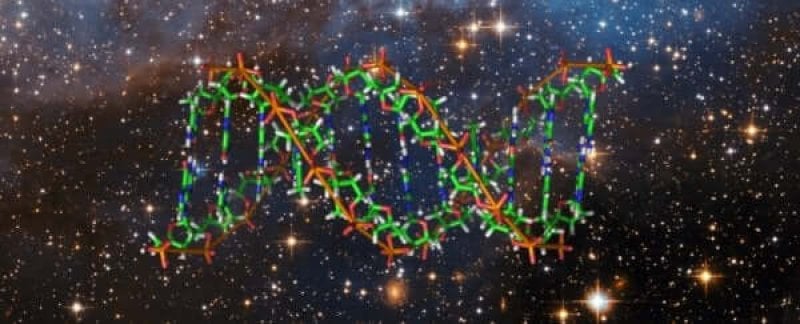Space radiation has long been a concern for astronauts living beyond Earth’s protective atmosphere—it can damage DNA, leading to cancer and other ailments… That’s where CRISPR, yeast and a group of high school students come in.
The students, alongside scientists from JES Tech, NASA, miniPCR, MIT and Boeing, baked up an experiment to study how cells would repair damaged DNA in low gravity, starting with yeast.
…
Why CRISPR? So the astronauts conducting the experiment aboard the International Space Station could zero in on how the cell repaired precisely inflicted injuries rather than try to observe how cells fix more complex or widespread damage.
Using a CRISPR-based system meant the astronauts didn’t need to use radiation on the yeast, which—it should go without saying—is unsafe to employ during spaceflight, the researchers wrote in their paper, published in the journal PLOS ONE.
The study marks the first time CRISPR-based editing has been done in space and lays the groundwork not just for more studies on DNA repair, but also for other experiments looking at genetically engineering organisms beyond the planet’s reach, the researchers wrote.
Read the original post































